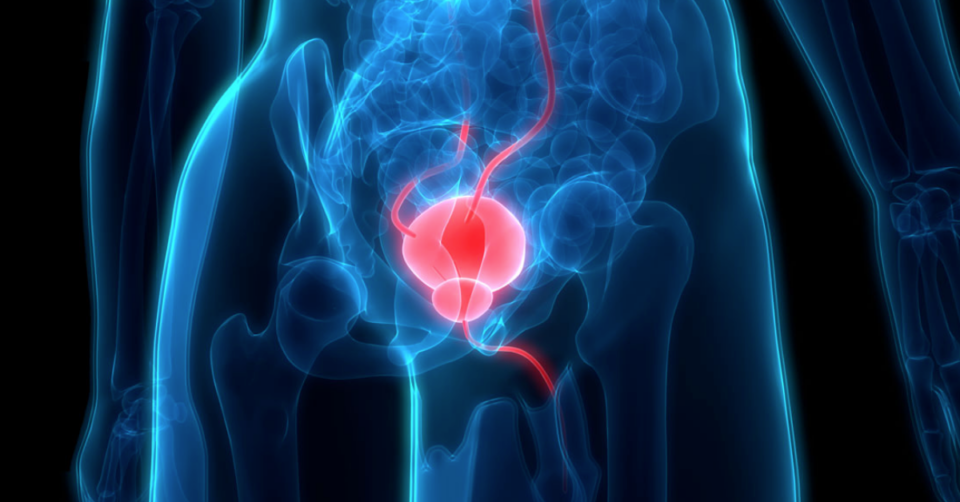Prostate cancer is one of the most common cancers among men, with early detection being crucial for successful treatment outcomes. Recognizing the early symptoms of prostate cancer can lead to prompt diagnosis and intervention, improving the chances of successful treatment. In this article, we’ll explore 10 early symptoms of prostate cancer, supported by medical evidence, and discuss new drugs and treatment options for this condition.
Early Symptoms of Prostate Cancer
1. Urinary Changes: Changes in urinary habits, such as increased frequency, urgency, or difficulty starting or stopping urination, may indicate prostate cancer. These symptoms can result from the enlargement of the prostate gland or the presence of a tumor pressing against the urethra.
2. Blood in Urine or Semen: Hematuria (blood in urine) or hematospermia (blood in semen) can be early signs of prostate cancer. While these symptoms can also indicate other conditions, such as urinary tract infections or benign prostatic hyperplasia (BPH), they should be evaluated by a healthcare professional.
3. Erectile Dysfunction: Prostate cancer can affect erectile function, leading to difficulties achieving or maintaining an erection. While erectile dysfunction can have various causes, including psychological factors, it may also be a symptom of prostate cancer, particularly in conjunction with other urinary symptoms.
4. Pain or Discomfort: Pain or discomfort in the pelvic area, lower back, hips, or thighs may occur as prostate cancer progresses. This pain can result from the spread of cancer to surrounding tissues or bones, known as metastasis.
5. Weakness or Numbness: Weakness or numbness in the legs or feet can occur if prostate cancer spreads to the spine or nerves surrounding the prostate gland. This symptom may indicate advanced-stage prostate cancer and requires immediate medical attention.
6. Unexplained Weight Loss: Unintentional weight loss can be a sign of advanced prostate cancer. Cancer-related weight loss may result from a combination of factors, including decreased appetite, metabolic changes, and the body’s response to the presence of cancer cells.
7. Fatigue: Fatigue or generalized weakness may occur in men with prostate cancer, particularly as the disease progresses. Cancer-related fatigue can result from the body’s immune response to cancer cells, as well as the side effects of cancer treatments.
8. Bone Pain: Prostate cancer that has spread to the bones (metastatic prostate cancer) can cause bone pain, particularly in the spine, pelvis, ribs, or long bones of the legs. Bone pain may worsen at night or with movement and can be severe in advanced stages of the disease.
9. Difficulty Defecating: Prostate cancer that has spread to nearby structures, such as the rectum or colon, may cause difficulty with bowel movements. Symptoms may include constipation, changes in bowel habits, or a sensation of incomplete evacuation.
10. Swelling in Legs or Feet: Swelling (edema) in the legs or feet may occur if prostate cancer spreads to the lymph nodes or blocks the flow of blood or lymphatic fluid. Swelling may be unilateral or bilateral and may be accompanied by other symptoms such as pain or numbness.
New Prostate Cancer Drugs and Treatment Options
In recent years, several new drugs and treatment options have been developed for prostate cancer, offering improved outcomes and quality of life for patients. Some of these include:
1. Targeted Therapies: Targeted therapies, such as enzalutamide and abiraterone acetate, work by inhibiting specific pathways involved in prostate cancer growth. These drugs are used to treat advanced prostate cancer that has become resistant to hormone therapy.
2. Immunotherapy: Immunotherapy drugs, such as sipuleucel-T, stimulate the body’s immune system to recognize and attack cancer cells. These treatments are typically reserved for advanced prostate cancer that has not responded to other therapies.
3. Radiopharmaceuticals: Radiopharmaceuticals, such as radium-223 dichloride, deliver targeted radiation therapy to bone metastases in prostate cancer patients. These drugs help alleviate bone pain and slow the progression of metastatic disease.
4. Precision Medicine: Advances in precision medicine have led to the development of genetic tests and molecular profiling techniques that help identify specific genetic mutations or biomarkers associated with prostate cancer. This information allows oncologists to tailor treatment plans to individual patients, improving treatment efficacy and reducing side effects.
5. Minimally Invasive Surgery: Minimally invasive surgical techniques, such as robotic-assisted prostatectomy, offer a less invasive approach to removing the prostate gland. These procedures result in faster recovery times, reduced blood loss, and fewer complications compared to traditional open surgery.
Conclusion
Early detection of prostate cancer is critical for successful treatment outcomes. By recognizing the early symptoms of prostate cancer and seeking prompt medical attention, men can increase their chances of receiving timely interventions and improving their prognosis. Additionally, ongoing advancements in prostate cancer drugs and treatment options offer hope for improved outcomes and quality of life for patients diagnosed with this disease. If you experience any of the symptoms mentioned above, consult with your healthcare provider for further evaluation and management.

